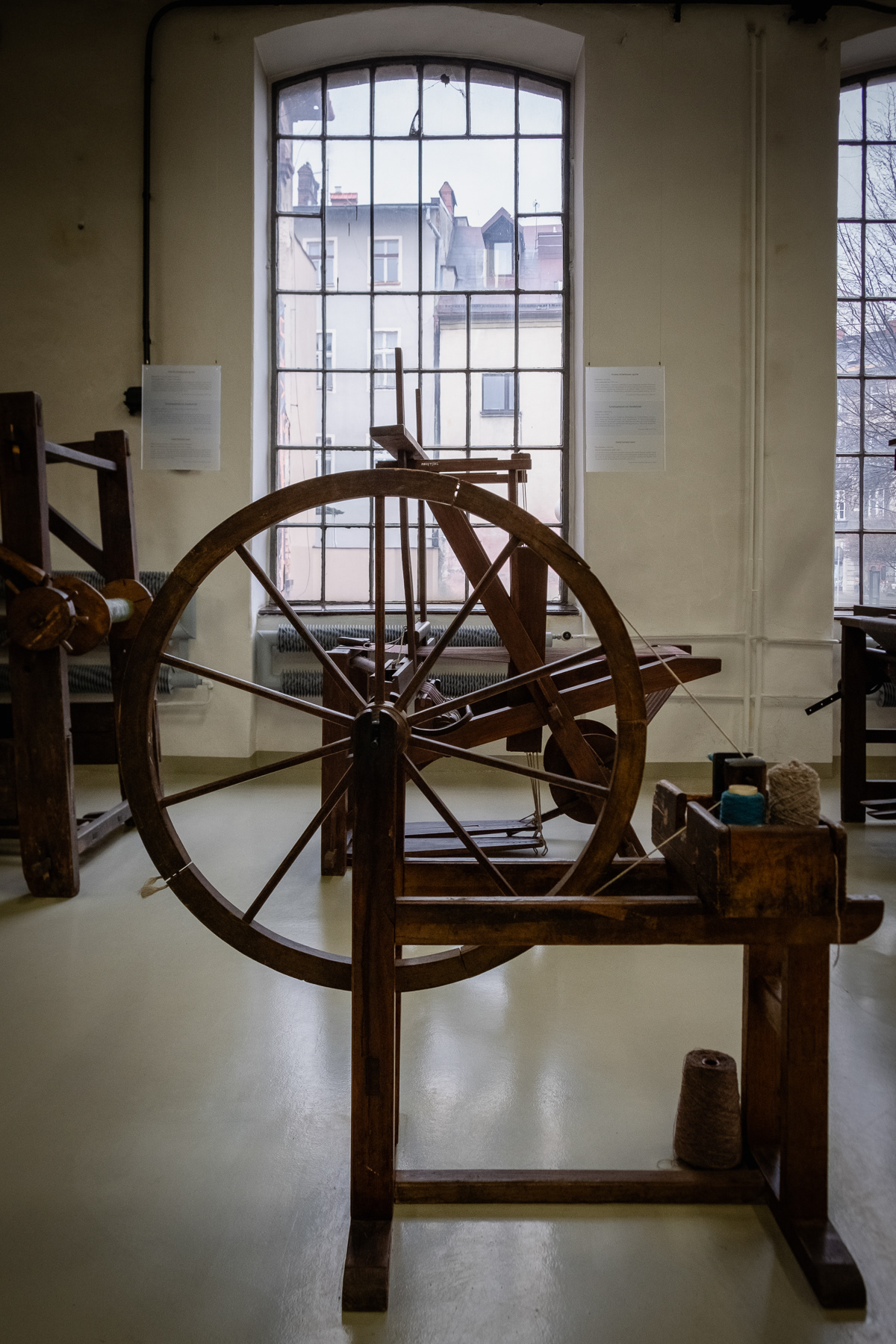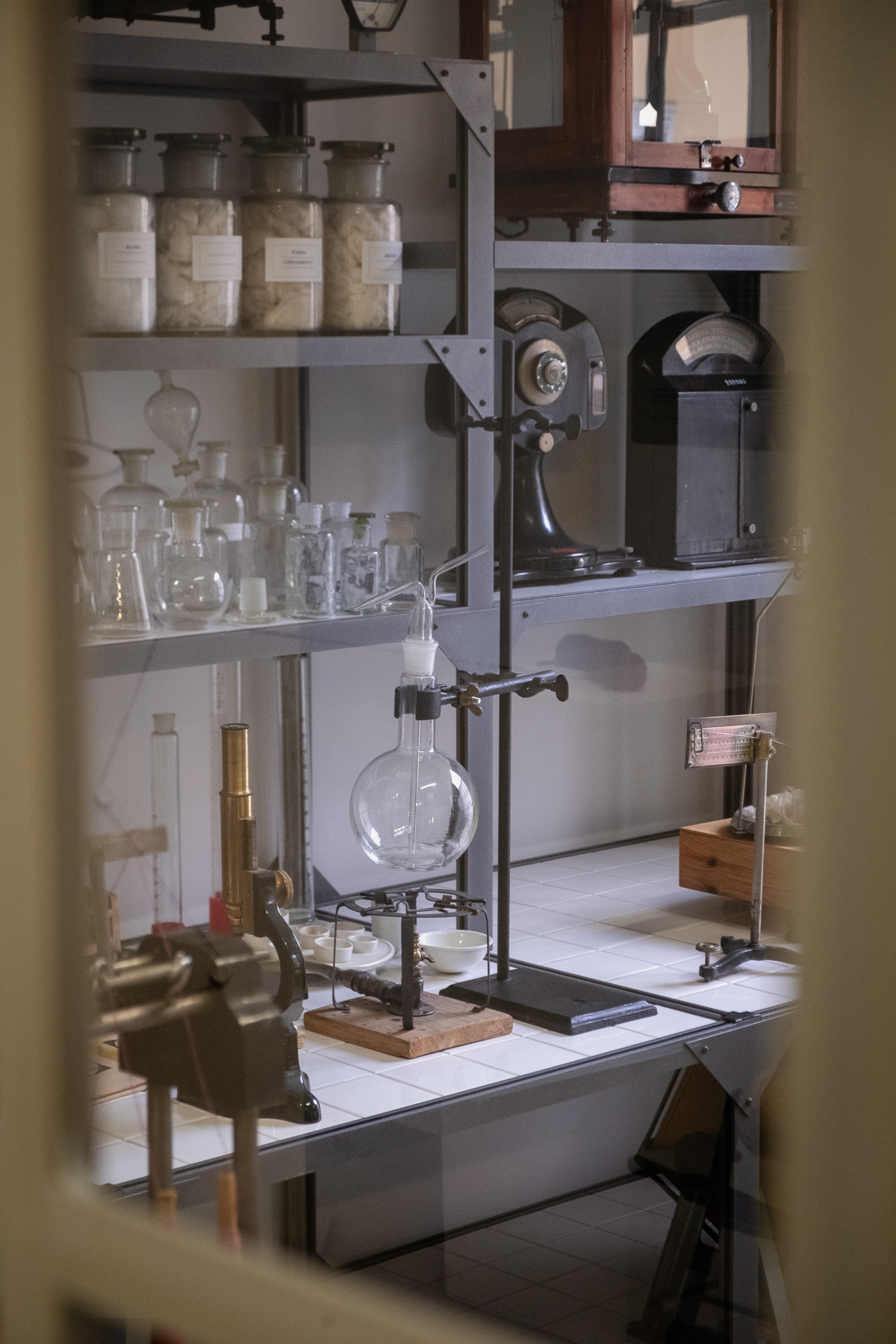Bielsko-Biała is a little gem in the southeast of the Silesia region of Poland. It is the last city in this part of the country, with the centre a mere 24 kilometres (14 miles) from the Czech and about 34 kilometres (21 miles) from the Slovakian border.
Bielsko-Biała is blessed with a great setting, hills up to 900 metres (almost 3,000 feet) above sea level are a hike from the city itself. Those with endurance can walk on to mountains up to 1,200 metres (almost 4,000 feet) and cross into Czechia or Slovakia. But for who just wants to enjoy a city escape, go on a date or just relax in cultural rich environment, Bielsko-Biała is a great choice.
First published photos of these series made during a rainy and quiet day in March 2024.
In front of Stare Fabryka, the Old Factory, which has been turned into a museum of Bielsko-Biała's industrial heritage.
At and around Rynek, the old town market square
The central market square of Bielsko-Biała is, with the rest of the old town situated upon a low hill. The looks of it date back to the 19th Century, when it was rebuild after two great city fires in the early 1800s. The main square shows character, and is often the centre spot for political, religious or musical events. It features a few nice places to eat, and on and around the Rynek are bars and cafés with hidden inner court or rooms that one only discovers with either a lot of curiosity or by going out with a local.
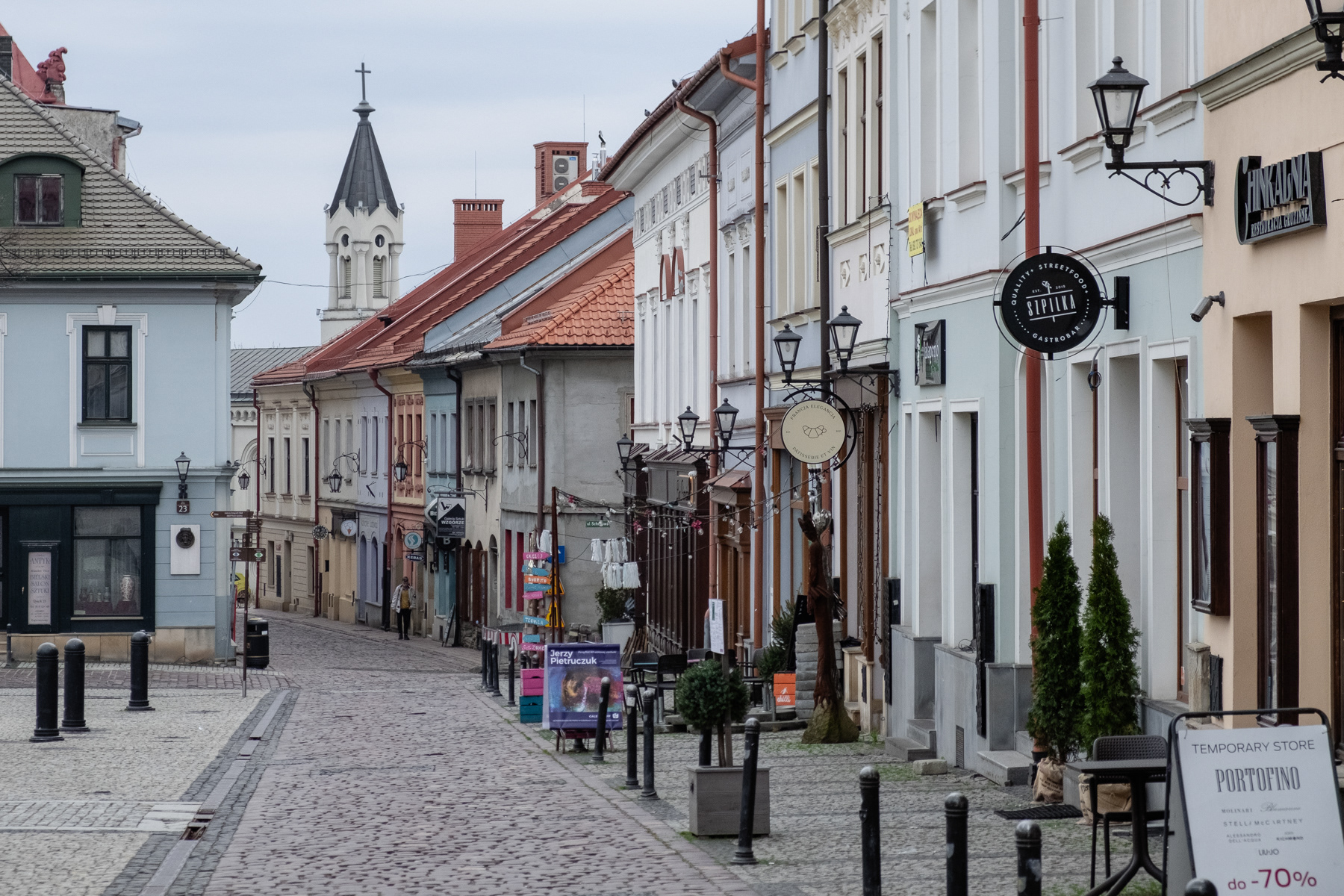
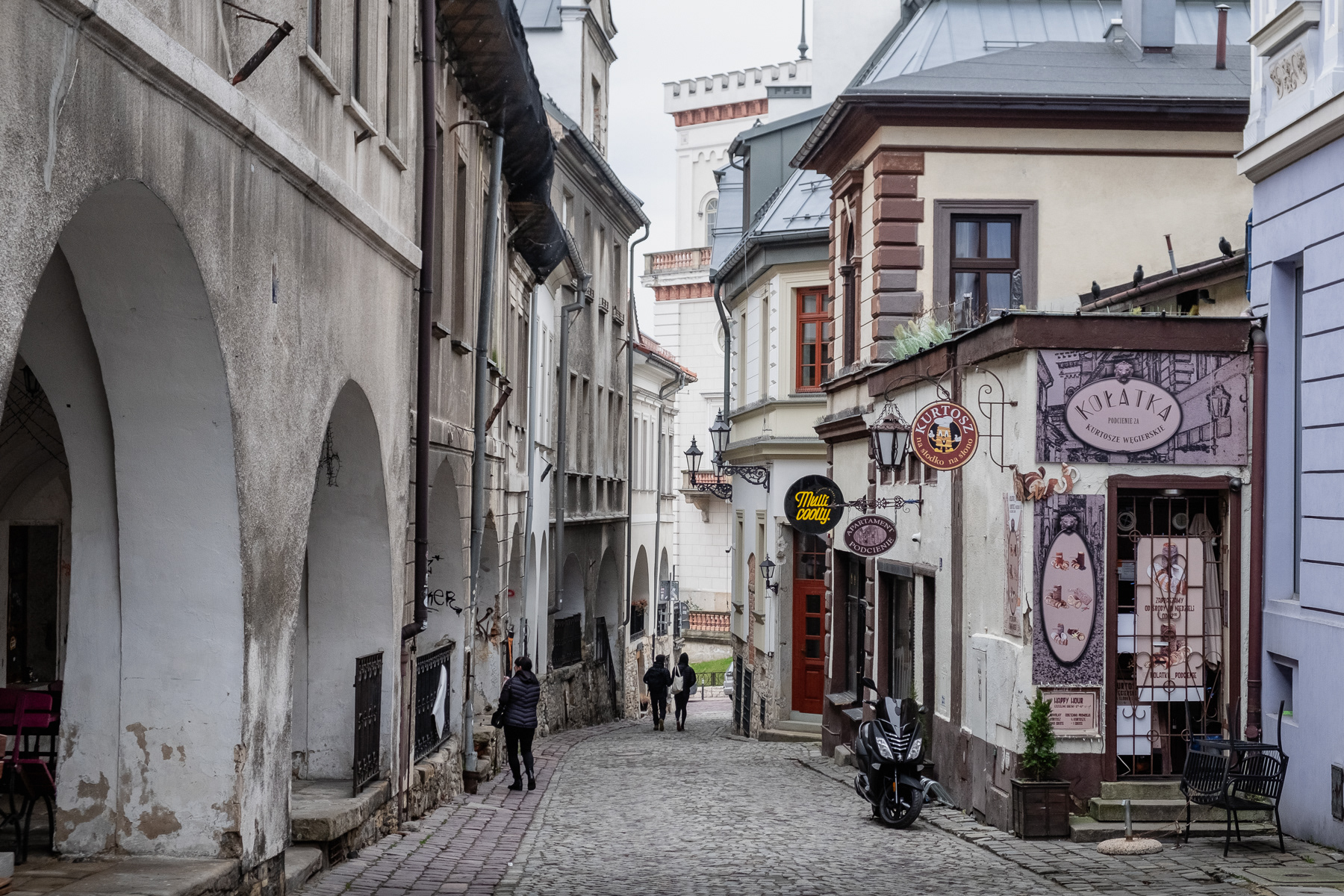
First above: Restaurants and cafés on the eastern side of Rynek.
Second above: 18th Century arches are still left in the street between Rynek and the castle of Bielsko-Biała.
Second above: 18th Century arches are still left in the street between Rynek and the castle of Bielsko-Biała.
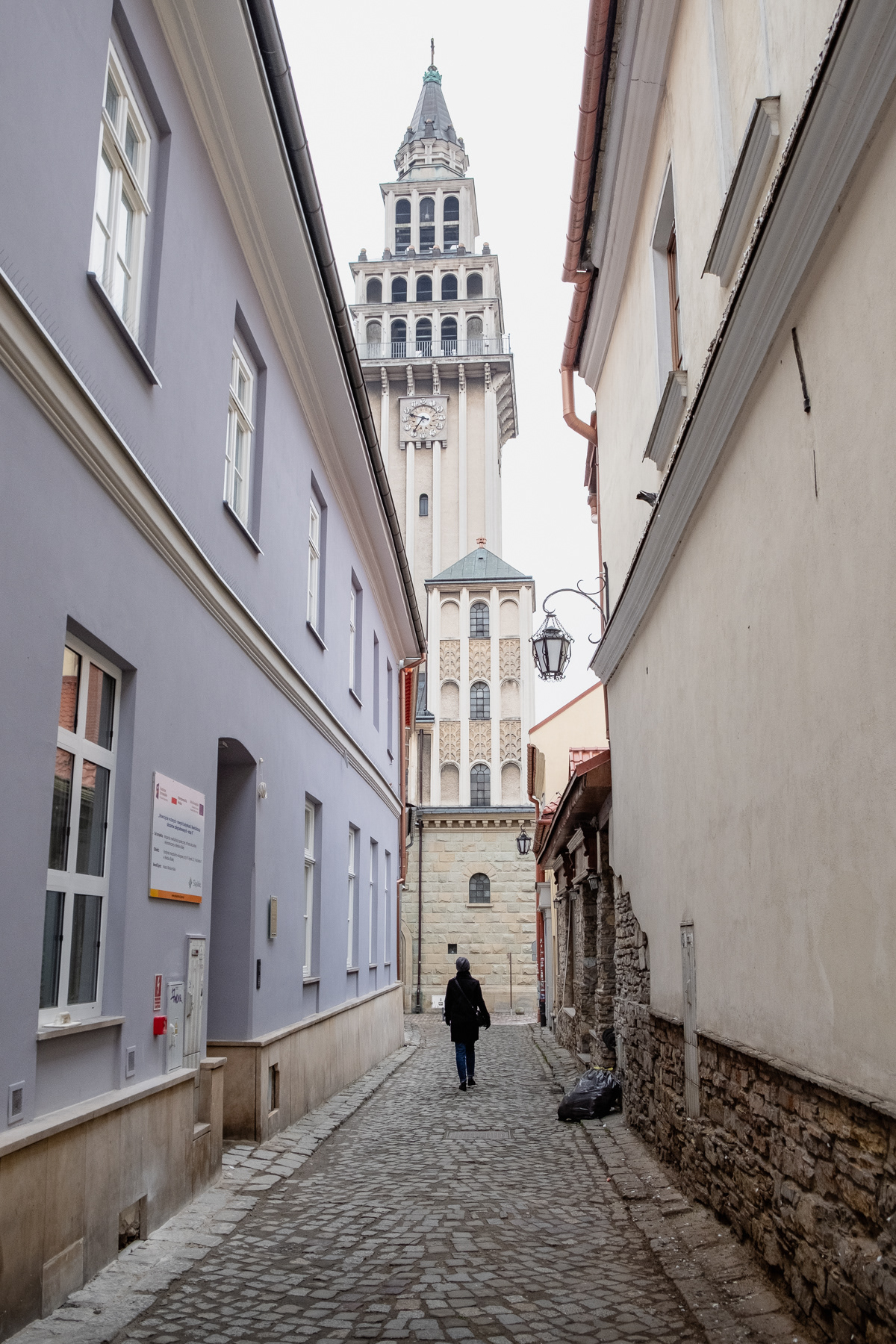
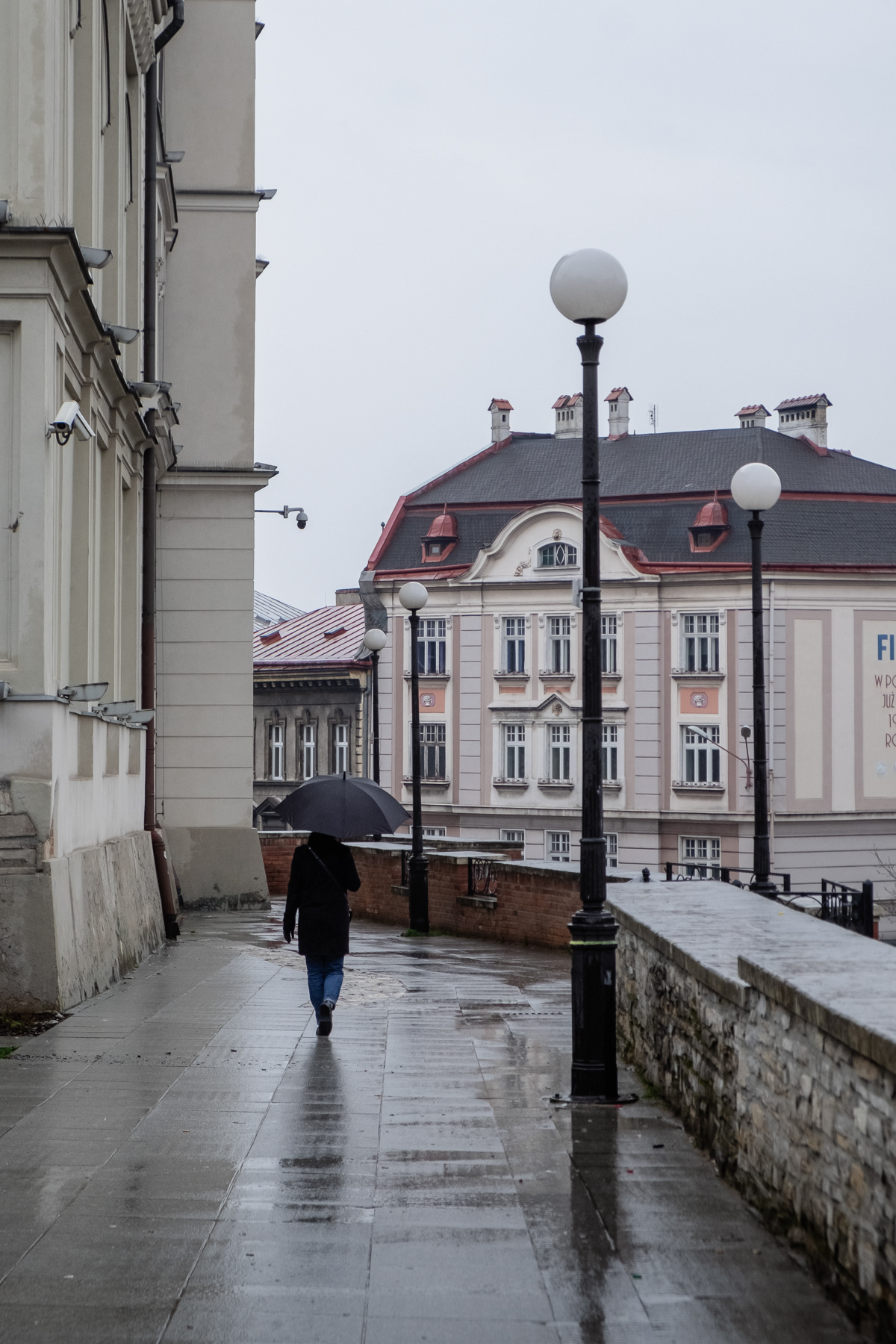
First above: the Cathedral of St. Nicholas is one of those architectonic highlights of the old town, constructed between 1909 and 1912 after a design by Leopold Bauer.
Second above: At the foot of Bielsko Castle, or the Castle of the Sułkowski Princes. In Polish: Zamek książąt Sułkowskich
Second above: At the foot of Bielsko Castle, or the Castle of the Sułkowski Princes. In Polish: Zamek książąt Sułkowskich
Just outside the old town hill, a view at the historic central postal office: Poczta.
An almost Londonese sight at the central postal office, but the hill in the distance tells you otherwise. And a rare shot, as there is almost always some traffic on the road that passes in between Poczta and the castle on the right.
Famous cartoon characters
Bielsko-Biała is famous among the Polish for the animated characters of the Studio Filmów Rysunkowych (SFR), with Reskio literally as one of the top dogs. Walk around the city centre and you will likely come across some of the animated heroes in king-size: bronzed into sizeable statues. Pictured here is the statue of "safari man" Pampalini, who never seemed to succeed in capturing any animal he set out for. The adventures of Pampalini were created between 1975 and 1980, but often even the younger generation of Poles knows him.
Stare Fabryka (The Old Factory)
In the buildings of where where in 1868 a broadcloth and wool factory opened, now houses the historical museum of Bielsko-Biała industrial past. It features beautiful old textile machines. The current city and its surroundings were once the third biggest in textile within the Austria-Hungarian Empire, after Brno and Liberec in nowadays Czechia. As a textile production region Bielsko-Biała kept on blooming after World War 2, until the beginning of the 1990s and the fall of communism.
Poles know Bielsko-Biała also for the small Polski Fiat 126p "Maluch" ("The Small One", pictured below) that were mass produced here at the Fabryka Samochodów Małolitrażowych car factory since 1972, in a joint venture between Warsaw-based FSO and Italian Fiat. The production of the Polish Fiat lasted all the way until the end of the Millennium. An impressive 3,318,674 Polski Fiat 126p cars were produced.
Between 1972 and 1983 the FSM factory in Bielsko-Biała also produced 344,000 of the Polish indigenous FSO Syrena, still a wanted old-timer for many Poles.

